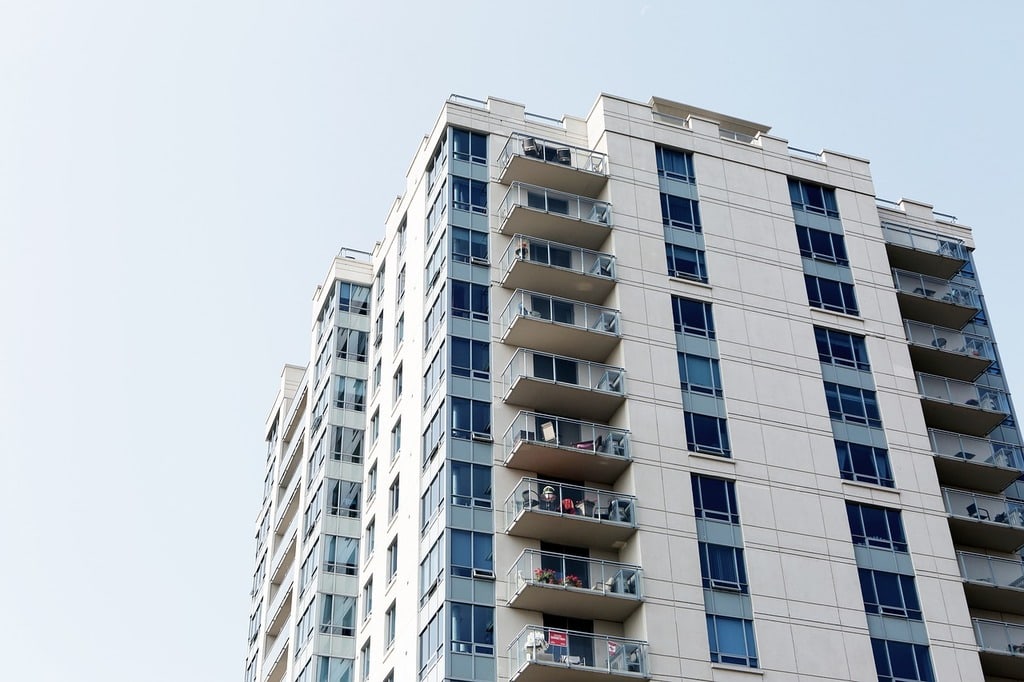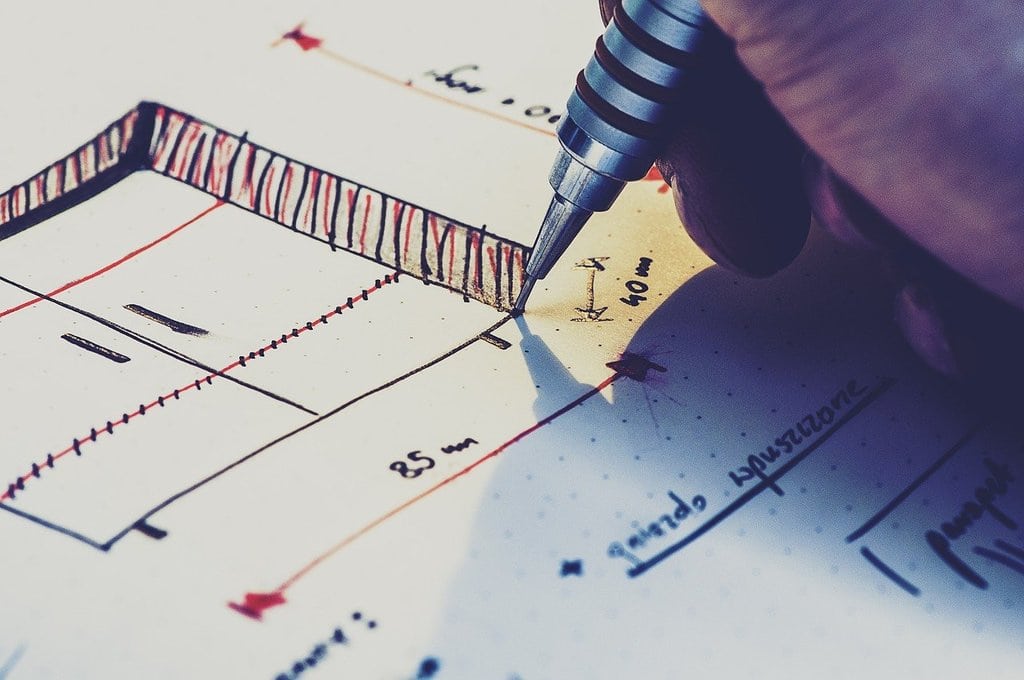Exploring modern building materials has become increasingly relevant as architectural needs evolve and the construction industry seeks innovative ways to build stronger, more sustainable, and visually appealing structures. The last decade has witnessed rapid advancements in materials science, introducing a range of new building materials that not only enhance durability but also address environmental concerns. Traditional materials such as wood, stone, and brick are being complemented or replaced by advanced alternatives that meet the demands of modern construction. These modern materials promise to redefine the future of building design by offering flexibility, resilience, and sustainability.
Innovative building materials redefining construction
Modern building materials are transforming construction practices, allowing for sustainable designs that were once unattainable. Materials like cross-laminated timber (CLT), ultra-high-performance concrete (UHPC), and self-healing concrete provide unique benefits to meet current architectural standards. CLT, for example, offers both strength and lightness, making it an excellent choice for high-rise wooden buildings, while UHPC has an impressive lifespan and durability. These advanced materials often require less maintenance than traditional options and reduce the carbon footprint associated with conventional construction methods.
Self-healing concrete, in particular, stands out as a significant innovation. By incorporating bacteria that can generate limestone when exposed to air and moisture, this concrete can repair small cracks automatically, potentially doubling the lifespan of structures. Such innovations not only improve the longevity of buildings but also reduce repair costs and material waste. The introduction of self-healing materials underscores the trend of utilizing bio-based and self-sustaining technologies in architecture.

Green materials and sustainability in architecture
The demand for environmentally friendly building materials has led to an increase in sustainable options such as recycled steel, bamboo, and green roofing materials. Recycled steel, for example, retains the same strength and functionality as new steel but requires significantly less energy to produce, reducing its environmental impact. Meanwhile, bamboo has gained popularity for being highly renewable, growing much faster than traditional wood sources, and providing the strength needed for structural applications.
Green roofing is another innovative approach that benefits both urban environments and building sustainability. These roofs, covered with vegetation, help insulate buildings, reduce urban heat, and manage stormwater runoff. The ability of green roofs to improve air quality and reduce heating and cooling costs highlights their multifaceted impact on sustainability. Additionally, green roofs contribute to biodiversity by creating new habitats in dense urban areas.
Enhanced durability with composite and smart materials
In an era where extreme weather events are increasingly common, the demand for highly durable and resilient materials has surged. Composite materials like fiberglass-reinforced plastics and carbon fiber-reinforced concrete have become valuable assets in building projects requiring enhanced strength without excessive weight. These composites combine materials to create a structure that is stronger and more durable than traditional options alone. Such combinations allow for greater flexibility in design, enabling architects to create structures that are both resilient and aesthetically pleasing.
Another exciting development is the use of smart materials in construction. These materials respond to environmental changes, adjusting their properties to better suit varying conditions. Thermochromic windows, which change color to regulate indoor temperature, are a prime example. This type of window darkens when exposed to intense sunlight, helping maintain cooler indoor temperatures, reducing the need for air conditioning, and thus saving energy. Smart materials are shaping the future of building, adding functionality to structures that goes beyond basic protection and support.
Lightweight alternatives for faster construction
As urbanization accelerates, the need for quicker construction without compromising quality has become paramount. Lightweight alternatives, such as aerated concrete, offer a solution by reducing the overall weight of structures without sacrificing strength. Aerated concrete contains small air pockets that make it lighter than traditional concrete, allowing for easier handling and faster installation. The reduced weight also helps minimize transportation costs and energy use during construction, aligning with sustainable building practices.
Materials like insulated metal panels (IMPs) are also contributing to this trend. IMPs consist of metal faces with a foam core that offers excellent insulation and structural support. The insulation properties of these panels make them ideal for energy-efficient buildings, reducing heating and cooling needs while being relatively quick and easy to install. By using lightweight materials that maintain strength and durability, construction timelines can be shortened, making projects more cost-effective and efficient.
Energy-efficient materials for smart buildings
Energy efficiency is increasingly at the forefront of architectural design. Many modern materials, such as phase-change materials (PCMs) and electrochromic glass, contribute to energy-saving initiatives. PCMs, which absorb and release thermal energy, help regulate indoor temperatures by storing heat during the day and releasing it at night. This energy-saving mechanism reduces the need for heating and cooling systems, lowering overall energy consumption and enhancing building sustainability.
Electrochromic glass is another energy-efficient option gaining popularity in smart buildings. This glass changes transparency when an electric current is applied, allowing occupants to control the amount of natural light entering a space. By maximizing natural light and reducing reliance on artificial lighting, buildings can achieve substantial energy savings.
A smart building approach often incorporates a combination of these materials to optimize energy use and create a sustainable, comfortable environment for occupants. Below are some examples of energy-efficient building materials currently in use :
- Phase-change materials (PCMs) for temperature regulation.
- Electrochromic glass for adjustable transparency.
- Vacuum-insulated panels (VIPs) for high thermal resistance.
- High-reflectivity roofing materials to reduce cooling costs.
- Advanced insulation materials for energy-saving capabilities.
The integration of such materials not only minimizes energy use but also enhances indoor comfort, making them essential in modern architectural projects.
Long-term impact of modern building materials
The evolution of building materials is not just about creating more efficient or sustainable structures; it also encompasses the long-term impact on society and the environment. Modern materials like bio-based composites and recycled products contribute to a circular economy, where materials can be reused or recycled at the end of their lifecycle. This shift promotes resource conservation and reduces the environmental footprint of the construction industry.
Bioplastics, derived from renewable resources like corn starch and sugarcane, are now being explored for applications such as wall panels and insulation. While still in the experimental phase for large-scale construction, these materials are a testament to the ongoing efforts toward sustainable, eco-friendly building practices. The increased use of recyclable and renewable materials reflects a commitment to creating buildings that align with environmental preservation and reduce waste.
As the construction industry continues to embrace these new materials, the approach to building design and sustainability will inevitably evolve. The use of smart, lightweight, energy-efficient, and environmentally friendly materials promises to shape the future of architecture, fostering innovation that enhances both functionality and ecological responsibility. By combining durability, flexibility, and sustainability, modern building materials are paving the way toward a more sustainable and resilient built environment, ultimately impacting how communities will live, work, and interact with their surroundings.
